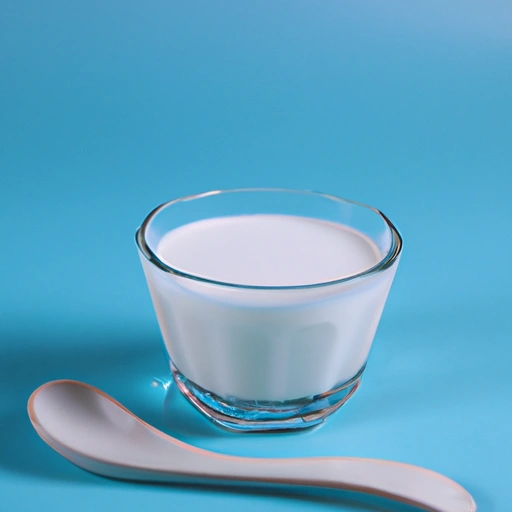Milk
Description

Milk is a staple food ingredient that has been nourishing people around the world for thousands of years. It is a liquid produced by the mammary glands of mammals and is the primary source of nutrition for infant mammals before they are able to digest other types of food. In cooking, milk is prized for its versatility and is used as a key ingredient in a myriad of recipes. When following recipes, milk quantities may be measured in metric (liters, milliliters), American (cups, fluid ounces), or imperial (pints, quarts) units, catering to a global audience.
Common uses
Milk is commonly used as a beverage, a creamer in coffee and tea, in cereal, and as a base for sauces and soups. It also serves as a tenderizer and moisture-provider in baked goods and is essential in the production of dairy products such as cheese, cream, butter, and yogurt.
Nutritional value
Calories
An 8-ounce (approx. 237 ml) serving of whole milk provides about 150 calories.
Protein
The same serving size offers about 8 grams of protein, essential for building and repairing tissues.
Fat
Whole milk contains about 8 grams of fat, with saturated fat making up about 5 grams of this total.
Carbohydrates
It also has about 12 grams of carbohydrates, primarily from lactose, a natural sugar found in milk.
Vitamins
Milk is an excellent source of vitamins A and D when fortified. It also contains several B vitamins, including B12 and riboflavin (B2).
Minerals
Rich in calcium, milk also provides minerals such as potassium, phosphorus, and magnesium.
Health benefits
Regular consumption of milk can benefit bone health due to its calcium and vitamin D content. It also contributes to muscle growth and maintenance through its protein. The presence of B vitamins aids in energy production and the overall functioning of the body.
Potential risks
Some individuals may have lactose intolerance, which can cause digestive distress when consuming milk. Milk is also a common allergen, particularly in children. Excessive consumption of full-fat milk may raise the risk of obesity or cardiovascular disease due to its saturated fat content.
Common recipes
Milk is used in a plethora of recipes including custards, ice cream, pancakes, and creamy sauces. It is also a foundation for bechamel, one of the classic French 'mother sauces'.
Cooking methods
Milk can be used in methods such as boiling, simmering, frothing for coffees, and as a liquid base in batters and doughs.
Pairing with other ingredients
It pairs well with sweet flavors like chocolate and vanilla, as well as savory dishes that include cheese and herbs.
Summary
Milk is a highly nutritious liquid that serves as a cornerstone in various cuisines around the world. Its historical significance and widespread use in cooking and baking make it an indispensable ingredient in the kitchen. While offering several health benefits, it is important to be mindful of potential risks associated with milk consumption. Understanding milk's properties and uses can help food enthusiasts and chefs globally to incorporate this essential ingredient into their culinary creations in a balanced and informed way.